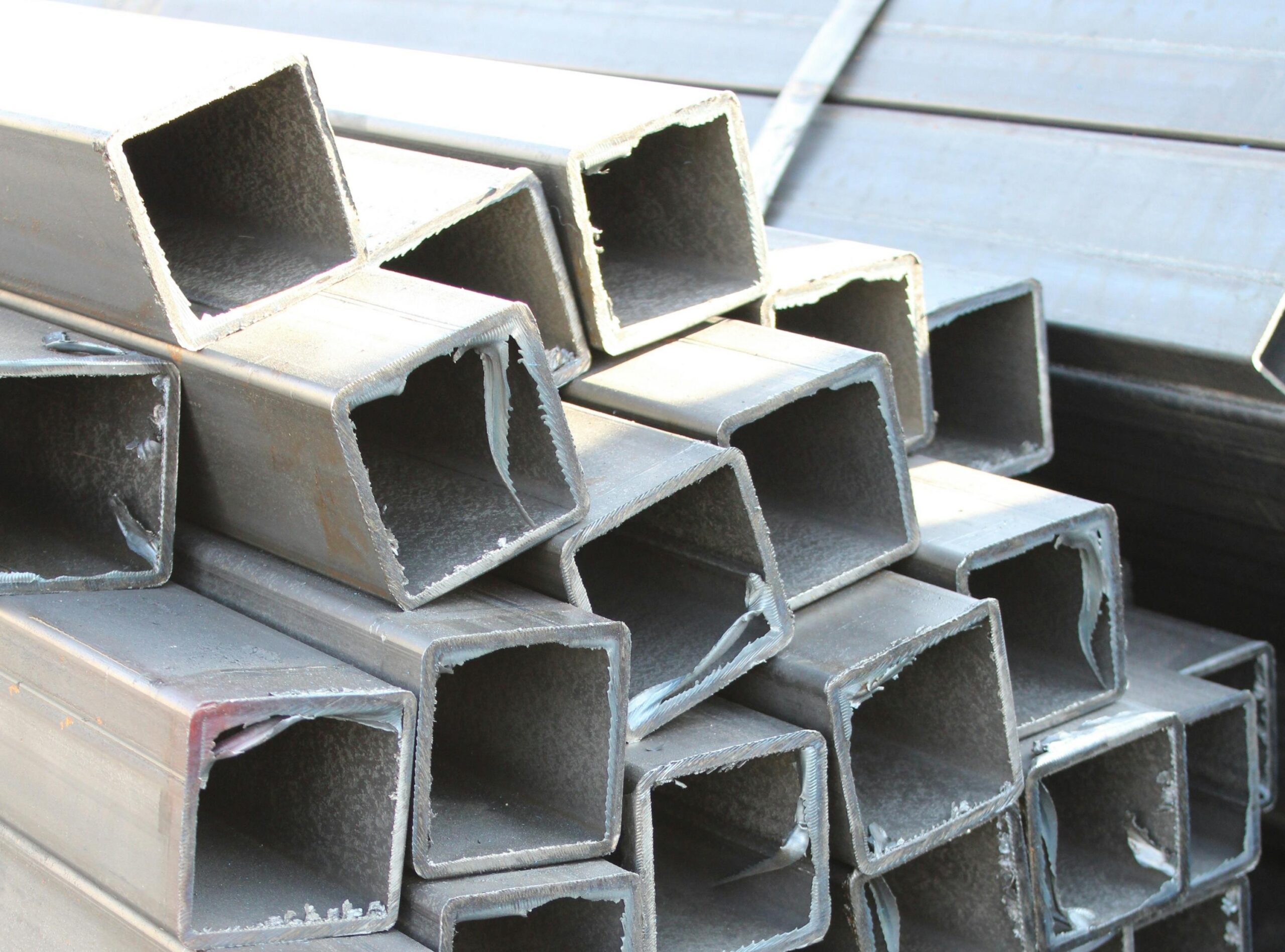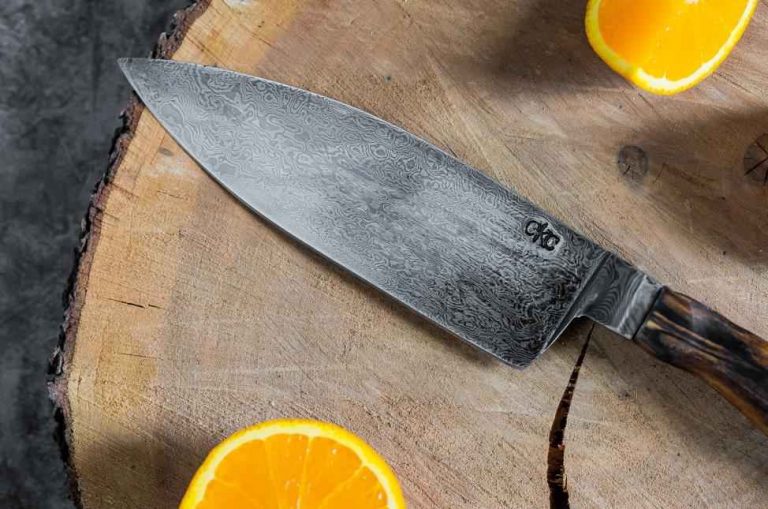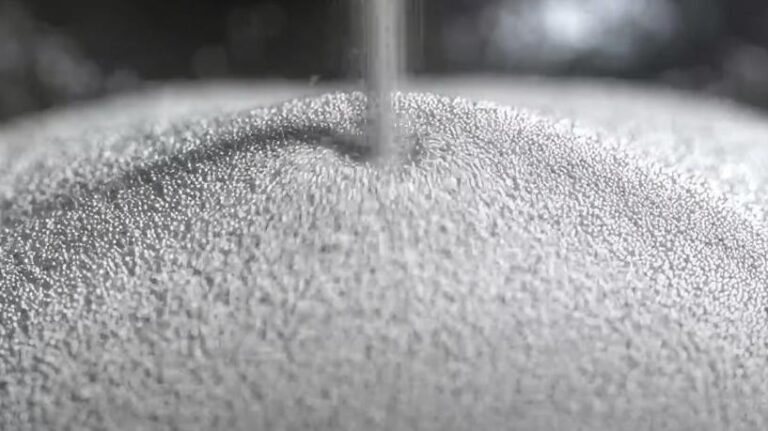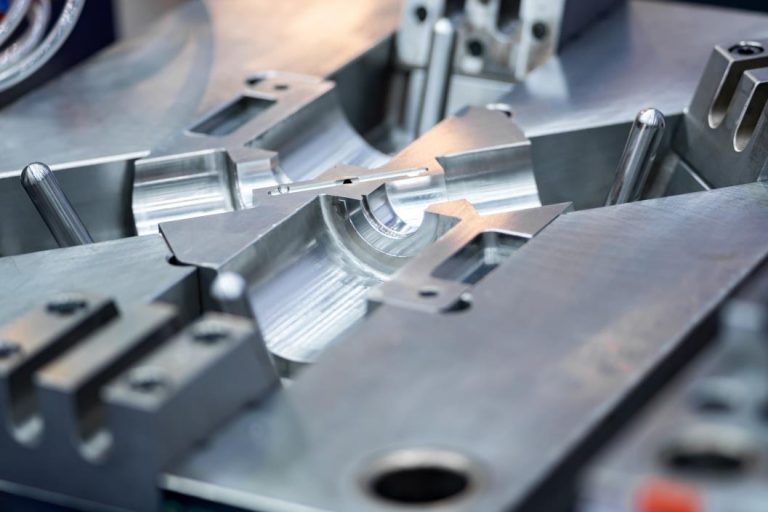When choosing between 80CrV2 and 1095 carbon steel for your next knife, understanding their fundamental differences can mean the difference between a blade that exceeds expectations and one that disappoints. Both steels have earned devoted followings among knife makers, collectors, and users, but they serve distinctly different purposes.
This comprehensive guide breaks down everything you need to know about these two popular carbon steels, from their chemical composition and performance characteristics to real-world applications and cost considerations.
Table of Contents
- What is 80CrV2 Steel?
- What is 1095 Steel?
- Chemical Composition Comparison
- Properties and Performance
- Head-to-Head Comparison
- Best Applications for Each Steel
- FAQ
What is 80CrV2 Steel?
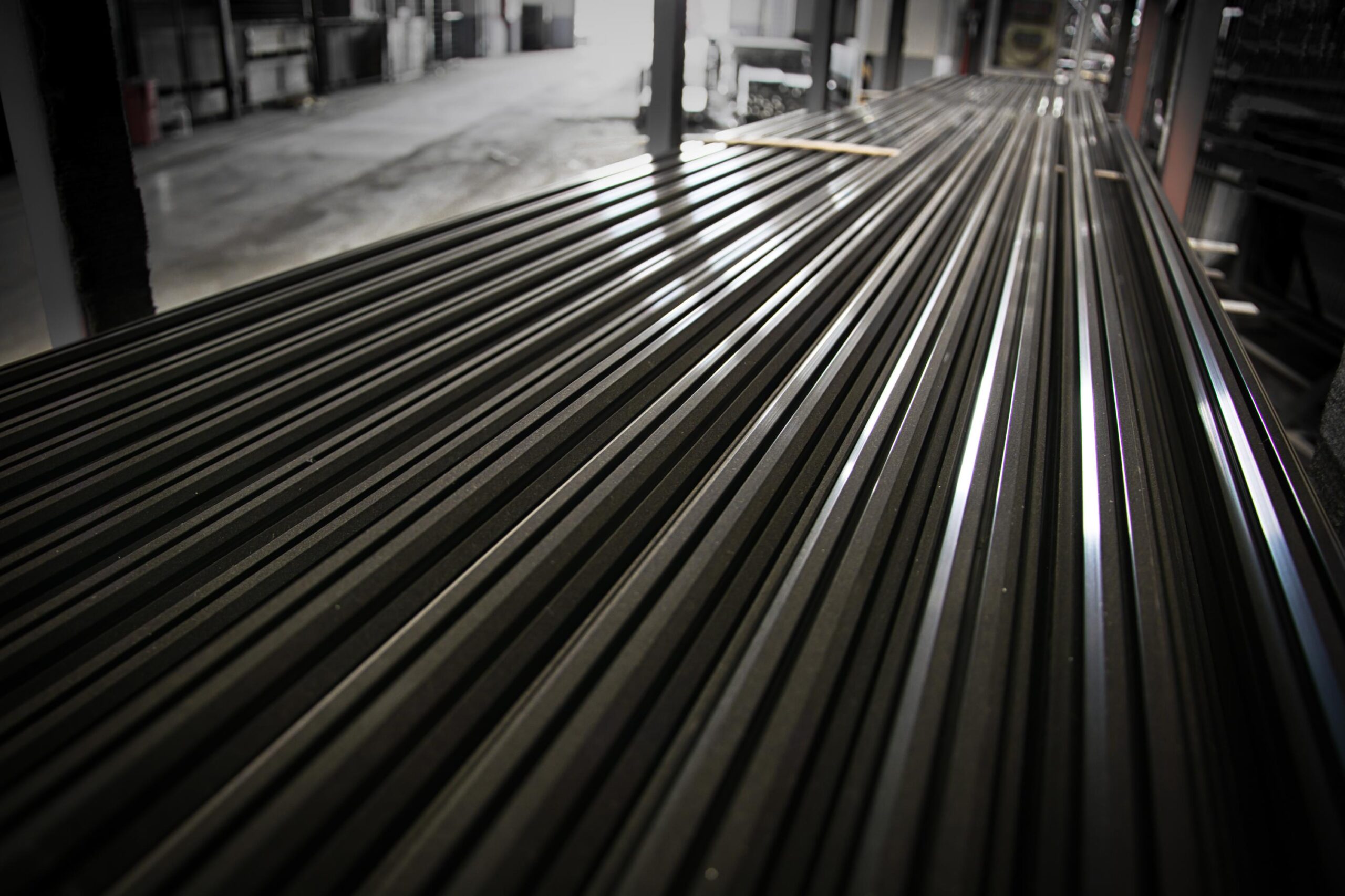
80CrV2 is a high-carbon chromium-vanadium steel originally developed in Europe and widely used in automotive springs, saw blades, and increasingly, high-performance knives. This steel has gained significant popularity in the knife-making community over the past decade, particularly among custom knife makers who appreciate its exceptional toughness and edge retention balance.
Key Characteristics
Exceptional Toughness 80CrV2 ranks among the toughest carbon steels available for knife making. Its high chromium and vanadium content creates a fine grain structure that resists cracking and chipping, even during aggressive use. This makes it ideal for heavy-duty applications where blade failure could be dangerous or costly.
Ease of Sharpening Despite its excellent edge retention, 80CrV2 responds well to sharpening. Users report that it takes a keen edge relatively easily compared to more wear-resistant steels, making field maintenance practical without specialized equipment.
Moderate Corrosion Resistance While still a carbon steel requiring maintenance, the chromium content in 80CrV2 provides slightly better corrosion resistance than simple carbon steels. It won’t rust quite as quickly as 1095 when exposed to moisture, though it still requires proper care and protective coatings.
Buy Wholesale Knives and Start Scaling up with Us Today
Contact us and connect with a sales rep to get a free quote.
What is 1095 Steel?
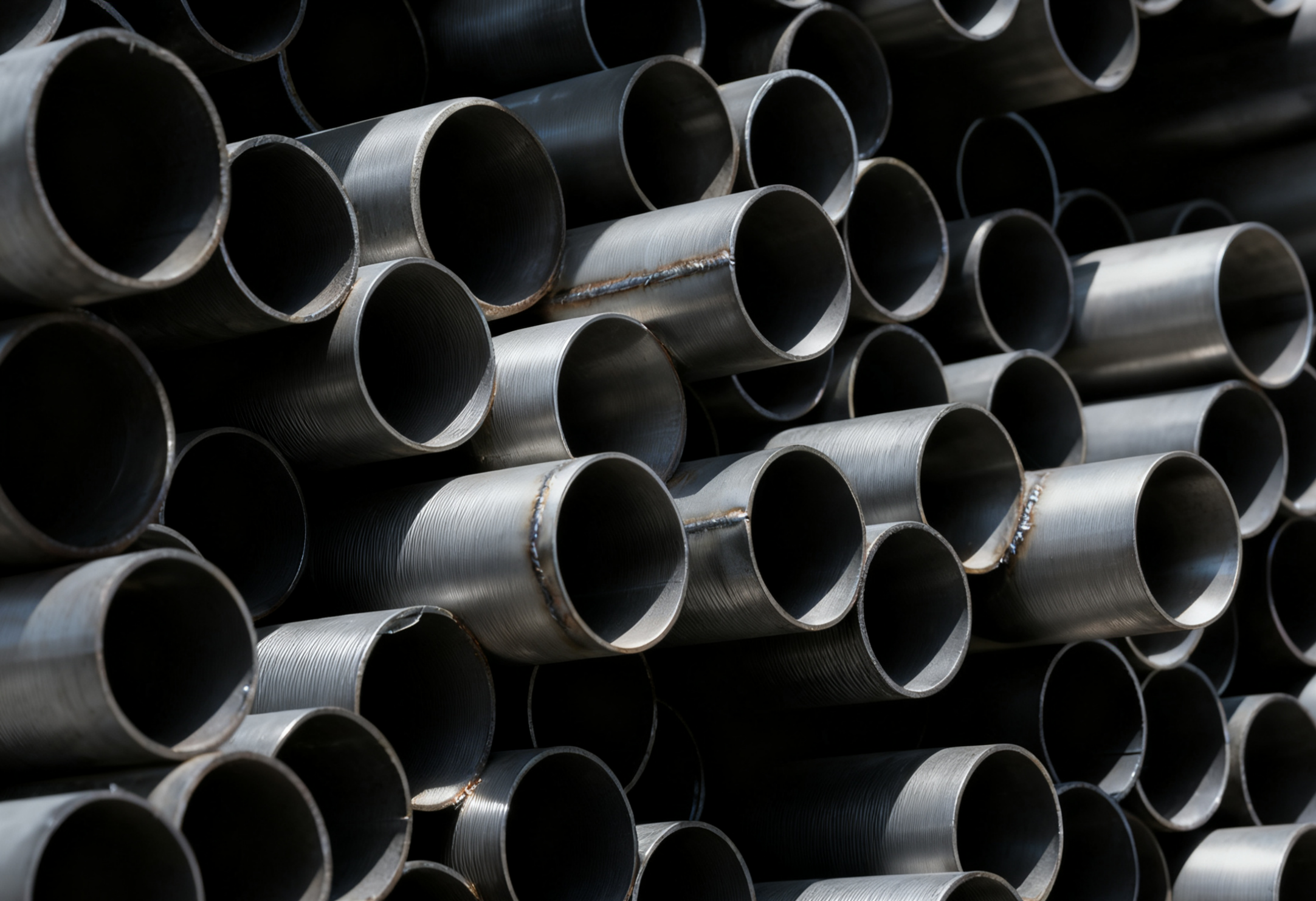
1095 is a simple, high-carbon steel that has been the backbone of American knife making for over a century. Its designation comes from the AISI/SAE steel grading system, where “10” indicates it’s a plain carbon steel and “95” represents its approximate carbon content (0.95%).
Key Characteristics
Outstanding Edge Retention 1095’s high carbon content (0.90-1.03%) provides excellent edge retention for a non-alloyed steel. When properly heat-treated, it holds a working edge remarkably well, requiring less frequent sharpening than many modern stainless steels.
Extreme Hardness Potential 1095 can be hardened to higher Rockwell values than most carbon steels, reaching 62-64 HRC when required for specialized applications. This extreme hardness makes it exceptional for precision cutting tasks where edge geometry is critical.
Simplicity and Reliability With minimal alloying elements, 1095 behaves predictably during heat treatment and forging. This straightforward nature makes it a favorite among beginning knife makers while still being valued by experienced professionals who appreciate its consistency.
Economic Efficiency As one of the most affordable knife steels available, 1095 offers excellent value for both makers and end users. Its widespread availability and low material cost make it ideal for production knives and tools where performance per dollar matters.
Superior Edge Geometry Due to its fine grain structure and ability to achieve high hardness, 1095 can be ground to extremely acute edge angles without becoming overly brittle. This makes it exceptional for blades requiring hair-shaving sharpness.
Buy Wholesale Knives and Start Scaling up with Us Today
Contact us and connect with a sales rep to get a free quote.
Chemical Composition Comparison
Understanding the chemical makeup of these steels reveals why they perform differently in real-world applications.
80CrV2 Composition
| Element | Percentage | Function |
| Carbon (C) | 0.75-0.85% | Primary hardening element, enables high hardness and edge retention |
| Chromium (Cr) | 0.40-0.60% | Increases hardenability, adds moderate corrosion resistance, forms hard carbides |
| Vanadium (V) | 0.15-0.25% | Forms very hard vanadium carbides, refines grain structure, improves toughness |
| Manganese (Mn) | 0.70-1.00% | Improves hardenability, aids in deoxidation during steel production |
| Silicon (Si) | 0.15-0.35% | Strengthening element, improves spring properties and toughness |
| Phosphorus (P) | 0.025% max | Impurity, kept low to maintain toughness |
| Sulfur (S) | 0.025% max | Impurity, kept low to prevent brittleness |
1095 Composition
| Element | Percentage | Function |
| Carbon (C) | 0.90-1.03% | Primary hardening element, highest among common knife steels |
| Manganese (Mn) | 0.30-0.50% | Improves hardenability and deoxidation |
| Phosphorus (P) | 0.040% max | Impurity, controlled to maintain ductility |
| Sulfur (S) | 0.050% max | Impurity, controlled to prevent hot-shortness |
Buy Wholesale Knives and Start Scaling up with Us Today
Contact us and connect with a sales rep to get a free quote.
Compositional Analysis
Carbon Content The most striking difference lies in carbon content. 1095 contains approximately 15-30% more carbon than 80CrV2 (0.95% vs 0.75-0.85%). This higher carbon enables 1095 to achieve greater hardness and potentially superior edge retention, but at the cost of reduced toughness.
Alloying Elements 80CrV2’s chromium and vanadium additions fundamentally change its character. These elements create additional carbide formations that:
- Increase wear resistance
- Improve toughness through grain refinement
- Enhance corrosion resistance (chromium)
- Provide better heat treatment response
1095’s simplicity means its performance comes almost entirely from carbon and heat treatment, making it more sensitive to proper hardening and tempering procedures.
Manganese Differences 80CrV2 contains significantly more manganese (0.70-1.00% vs 0.30-0.50%), which improves hardenability and allows for more forgiving heat treatment. This higher manganese content contributes to 80CrV2’s reputation as a “user-friendly” steel for both makers and end users.
Properties and Performance
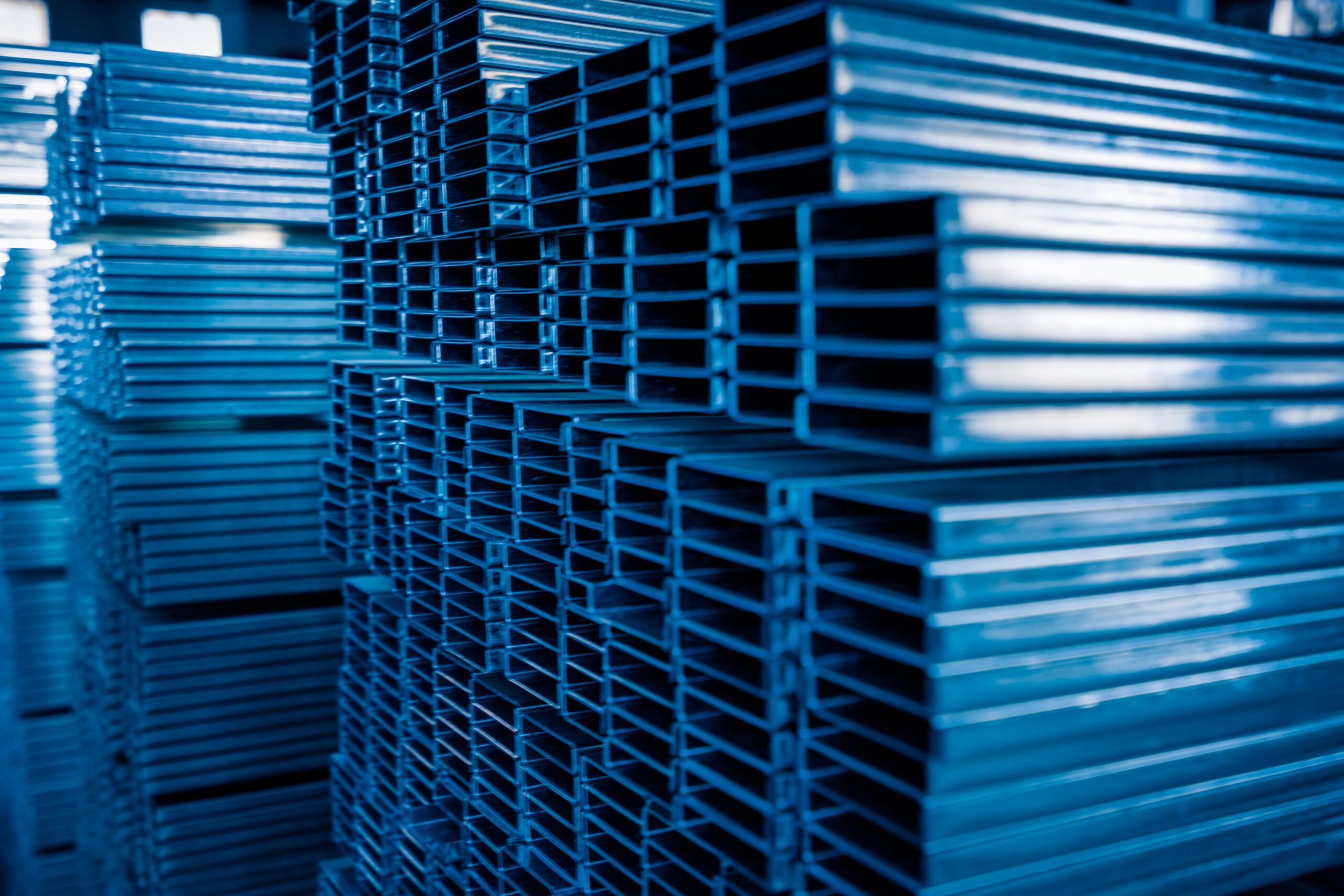
Hardness
80CrV2:
- Optimal range: 58-60 HRC
- Maximum practical: 62 HRC
- Character: Maintains toughness even at higher hardness levels
- Testing notes: Hardness remains consistent across blade thickness
1095:
- Optimal range: 56-60 HRC
- Maximum practical: 64 HRC
- Character: Can achieve extreme hardness but becomes increasingly brittle
- Testing notes: Edge hardness may differ from spine depending on heat treatment
Real-World Impact: In practical testing, 80CrV2 at 59 HRC and 1095 at 59 HRC will perform similarly in hardness tests, but the 80CrV2 will demonstrate superior impact resistance due to its toughening elements.
Toughness
80CrV2:
- Charpy impact: 25-30 ft-lbs (at 58-60 HRC)
- Field performance: Excellent resistance to chipping and rolling
- Abuse tolerance: Can withstand batoning, prying (within reason), and impacts
- Edge stability: Maintains integrity even with micro-chipping
1095:
- Charpy impact: 15-20 ft-lbs (at 58-60 HRC)
- Field performance: Good for most tasks but more prone to chipping with abuse
- Abuse tolerance: Acceptable for general use, but edges can chip with lateral stress
- Edge stability: Excellent when used within design parameters
Testing Results: Independent testing by knife steel researchers shows 80CrV2 consistently outperforms 1095 in toughness tests by 40-60%, particularly in impact and bending scenarios. This advantage becomes even more pronounced at higher hardness levels.
Buy Wholesale Knives and Start Scaling up with Us Today
Contact us and connect with a sales rep to get a free quote.
Edge Retention
80CrV2:
- CATRA testing: 120-150 cuts (depending on hardness and edge geometry)
- Field performance: Very good edge retention for extended use
- Sharpening frequency: Moderate—holds edge well but not exceptional
- Wear resistance: Good, benefits from vanadium carbides
1095:
- CATRA testing: 140-170 cuts (depending on hardness and edge geometry)
- Field performance: Excellent edge retention, particularly for slicing
- Sharpening frequency: Low—maintains working edge for extended periods
- Wear resistance: Very good for a simple carbon steel
Comparative Analysis: 1095 typically provides 15-20% better edge retention than 80CrV2 in controlled cutting tests. However, this advantage can be offset in real-world use where 80CrV2’s toughness prevents micro-chipping that degrades cutting performance.
Corrosion Resistance
80CrV2:
- Atmospheric corrosion: Forms patina relatively slowly
- Moisture resistance: Better than 1095 but still requires maintenance
- Salt exposure: Moderate resistance; will corrode without protection
- Protective measures: Benefits from oil, wax, or coating but less critical than 1095
1095:
- Atmospheric corrosion: Forms patina quickly, flash rusts easily
- Moisture resistance: Poor; rusts within hours in humid conditions
- Salt exposure: Very poor; immediate rusting likely
- Protective measures: Requires diligent maintenance, protective coatings essential
Practical Difference: In side-by-side testing, 80CrV2 typically takes 2-3 times longer to develop surface rust than 1095 when exposed to moisture. While neither is truly “stainless,” 80CrV2’s chromium content provides meaningful practical benefits for users in humid environments.
Machinability and Workability
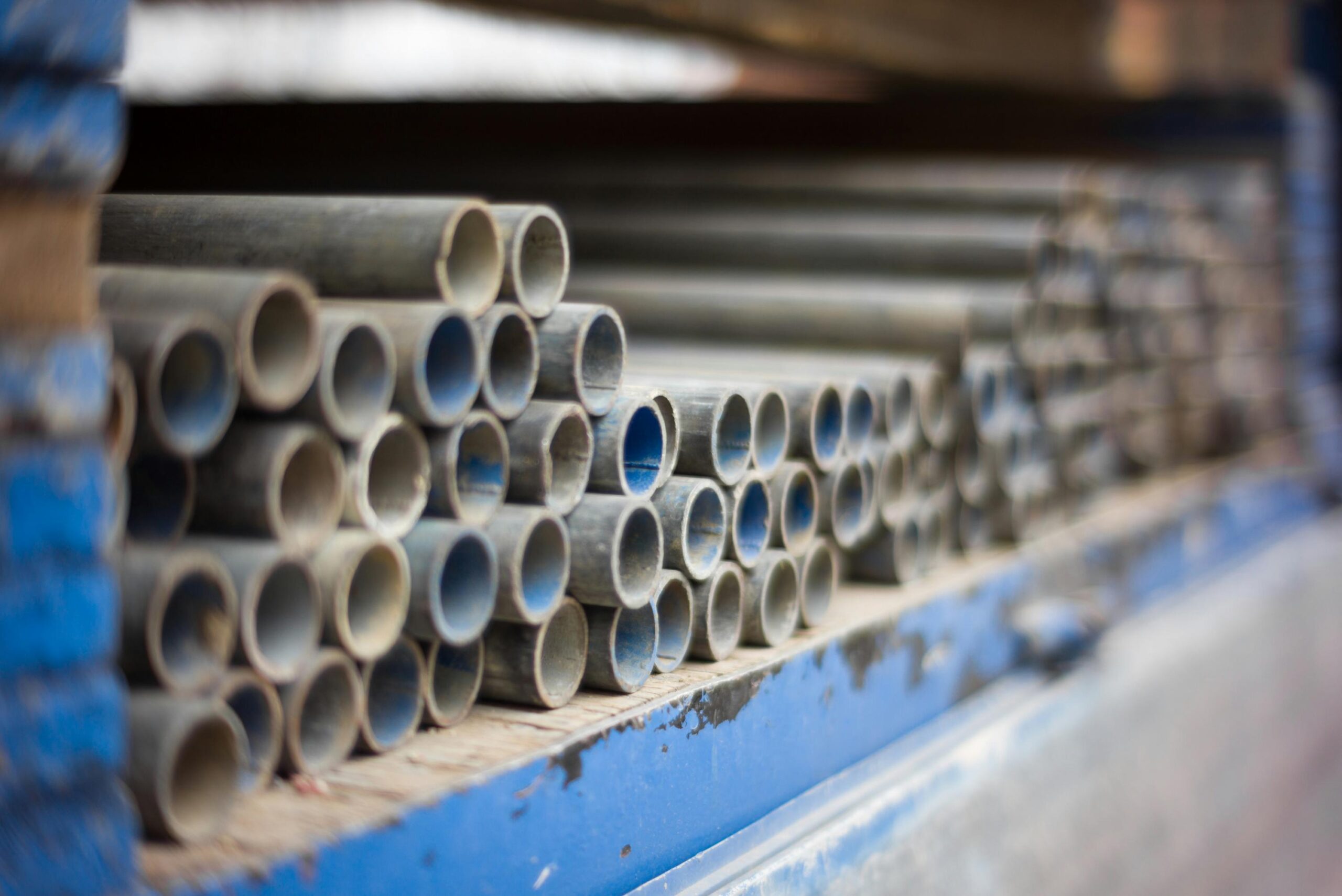
80CrV2:
- Annealed hardness: 190-210 HB
- Machining: Good, but harder than 1095 in annealed state
- Grinding: Moderate heat generation, requires attention to temperature
- Forging: Excellent, very forgiving temperature range (1900-2250°F)
- Drilling/tapping: More challenging than 1095, requires sharp tools
1095:
- Annealed hardness: 180-200 HB
- Machining: Excellent, one of the easiest knife steels to machine
- Grinding: Low heat generation, easy to work
- Forging: Good, but narrower temperature range than 80CrV2
- Drilling/tapping: Easy with proper technique
For Knife Makers: 1095’s superior machinability makes it ideal for production environments and beginners, while 80CrV2’s excellent forging properties make it preferred by bladesmiths doing hot work.
80CrV2:
- Ease of sharpening: Very good
- Sharpening time: Slightly longer than 1095
- Stone requirements: Works well with medium to fine stones
- Edge refinement: Takes a very keen edge with proper technique
- Field sharpening: Practical with basic equipment
1095:
- Ease of sharpening: Excellent
- Sharpening time: Quick even with basic equipment
- Stone requirements: Responds to any abrasive
- Edge refinement: Takes an exceptional edge easily
- Field sharpening: Very practical, sharpens quickly
User Experience: 1095 is notably easier to sharpen, particularly for novice users. It responds well to quick field sharpening on basic stones or even improvised abrasives. 80CrV2 requires slightly more effort but still sharpens reasonably quickly compared to modern high-carbide steels.
Buy Wholesale Knives and Start Scaling up with Us Today
Contact us and connect with a sales rep to get a free quote.
Head-to-Head Comparison
Performance Matrix
| Property | 80CrV2 | 1095 |
| Toughness | ⭐⭐⭐⭐⭐ | ⭐⭐⭐ |
| Edge Retention | ⭐⭐⭐⭐ | ⭐⭐⭐ |
| Corrosion Resistance | ⭐⭐⭐ | ⭐⭐ |
| Ease of Sharpening | ⭐⭐⭐⭐ | ⭐⭐⭐⭐⭐ |
| Maximum Hardness | ⭐⭐⭐⭐ | ⭐⭐⭐⭐⭐ |
| Wear Resistance | ⭐⭐⭐⭐ | ⭐⭐⭐⭐⭐ |
| Impact Resistance | ⭐⭐⭐⭐⭐ | ⭐⭐⭐ |
| Heat Treat Forgiveness | ⭐⭐⭐⭐⭐ | ⭐⭐⭐⭐ |
| Machinability | ⭐⭐⭐⭐ | ⭐⭐⭐⭐⭐ |
| Cost | ⭐⭐⭐ | ⭐⭐⭐⭐⭐ |
Best Applications for Each Steel
80CrV2 Excels For:
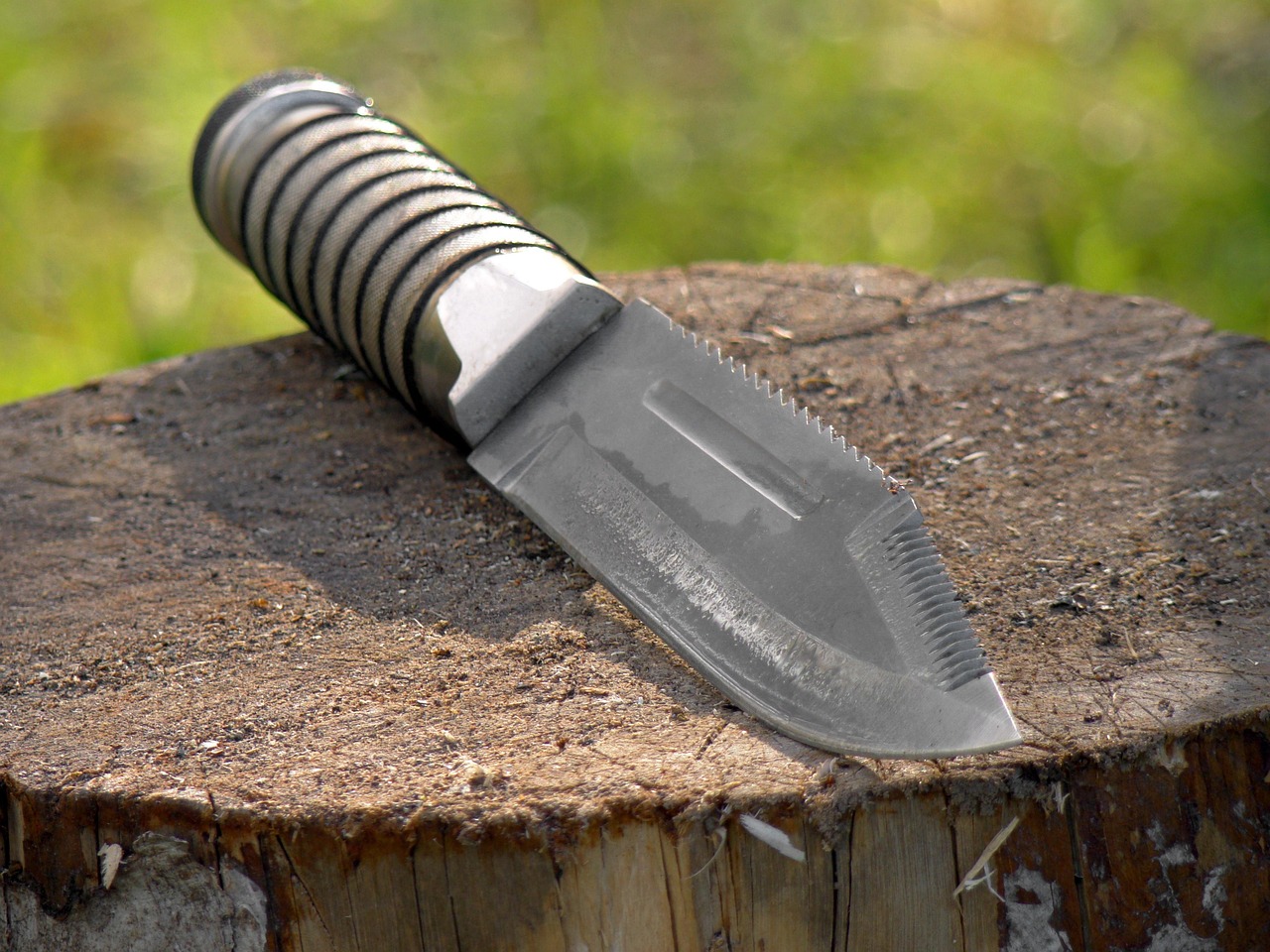
- Survival and Bushcraft Knives: 80CrV2’s toughness makes it ideal for survival knives that must handle diverse tasks
- Heavy-Use Work Knives: Professional users appreciate 80CrV2’s durability in demanding environments
- Outdoor and Tactical Knives: Military and law enforcement applications benefit from 80CrV2’s toughness
1095 Excels For:
- Kitchen and Chef Knives: 1095’s superior edge retention and ability to take acute angles make it excellent
- Traditional Fixed Blade Designs: 1095’s historical use and performance characteristics suit classic patterns
- Bushcraft and Light Survival Knives: For users who maintain their tools and avoid abusive tasks
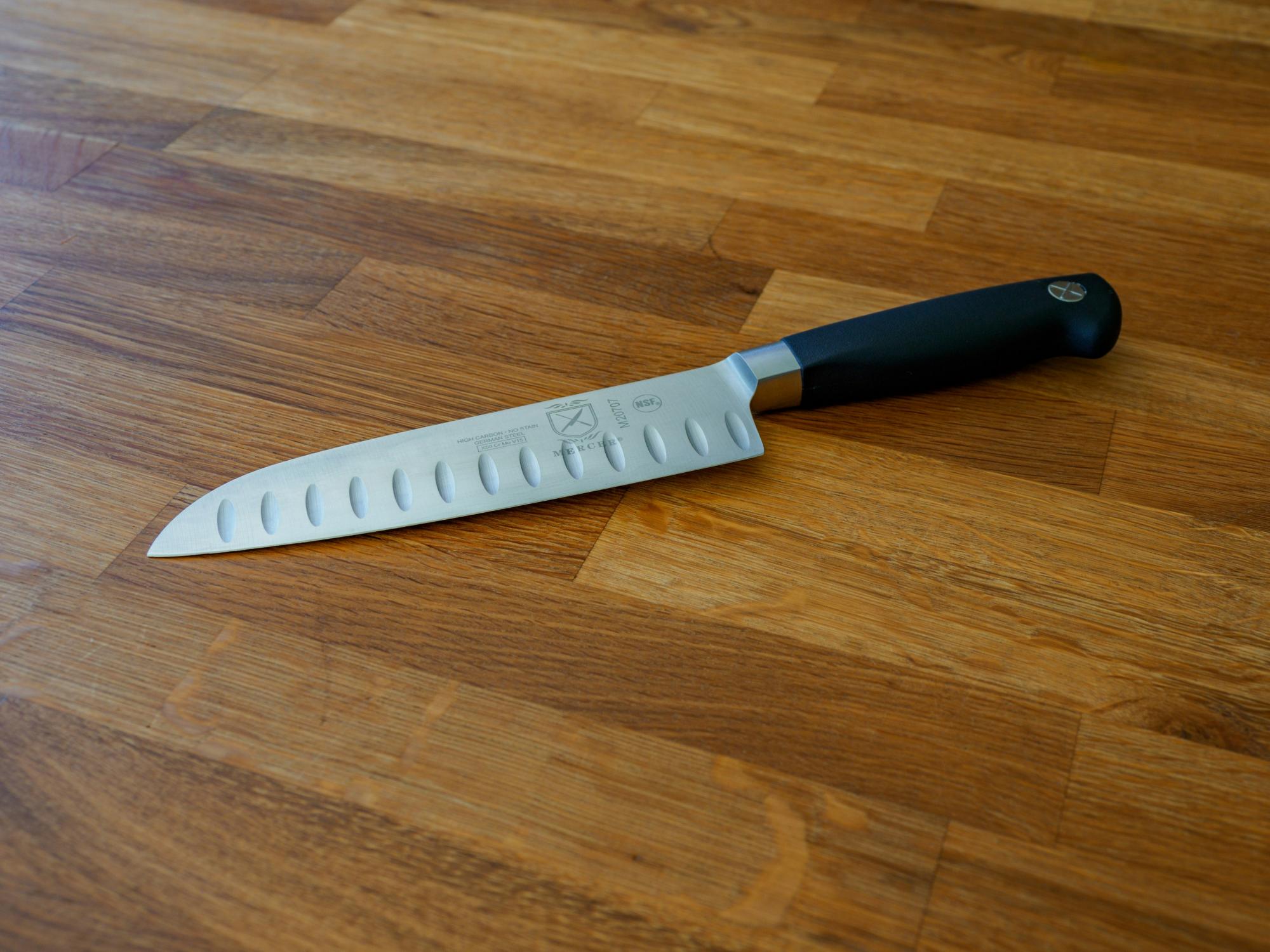
Frequently Asked Questions
Do 80CRV2 knives need regular maintenance?
Yes, but less than 1095. Wipe 80CRV2 blades dry after use, and apply a light coat of oil (e.g., mineral oil) every few months if stored in humid environments. This prevents light rust and extends the knife’s lifespan.
Is 1095 steel suitable for outdoor knives?
It’s not ideal. 1095’s brittleness makes it risky for chopping or prying (common in outdoor use), and its poor corrosion resistance means it will rust quickly if exposed to rain or mud. Stick to 80CRV2 for outdoor-focused products.
Which steel is easier to sharpen: 80CRV2 or 1095?
Both are easy to sharpen, but 1095 is slightly faster. Its simpler composition (fewer alloys) means it grinds down more quickly with a whetstone or sharpener. 80CRV2 takes a little more time but holds its edge longer than 1095 once sharpened.
S35VN is a stainless steel (14% chromium) with superior corrosion resistance and edge retention, but it’s more expensive. Use S35VN for high-end, luxury knives (e.g., premium EDC or chef’s knives) where customers will pay for top-tier performance. 80CRV2, by contrast, offers better value for mid-range knives—great if you want to balance quality and affordability.
Ready to Source High-Quality Knives?
As a professional Chinese knife manufacturer, Leeknives specializes in supporting wholesalers, retailers, and brand owners in scaling their knife businesses with reliable, high-performance products.
Our services are tailored to your needs, including competitive wholesale pricing for bulk orders, full OEM support, and private label solutions—plus reliable global logistics and fulfillment to ensure on-time delivery, no matter your location.
Whether you’re launching a new line of outdoor knives, expanding your kitchen knife range, or building a branded EDC collection, we’ll work with you to turn your vision into market-ready products. Ready to take the next step? Request your free quote today and start your journey with a trusted knife manufacturing partner.
